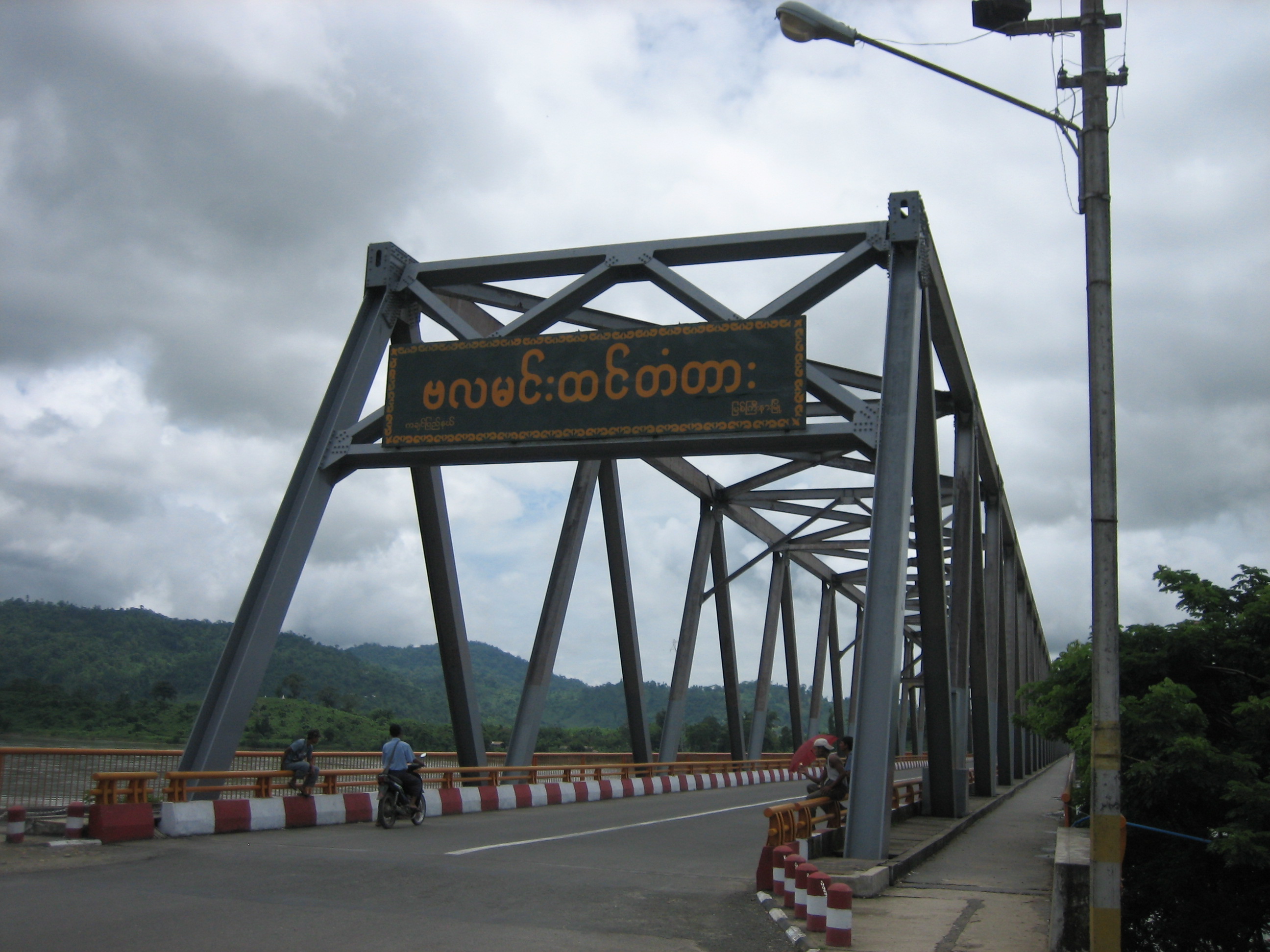Since the now defunct ceasefire between the Kachin Independence Army and the Burmese government was finalised in 1994 the Kachin State has benefited from a rush of construction activity. Bridges, dams, roads, mines.
All have contributed to the increasing prosperity of northern Burma. Obviously this development has not been without problems and many Kachin justifiably resent the division of the spoils among a small coterie of their own ethnic elite and the Burmese high command.
But as the new war in Kachin State rolls into its third week it is becoming clear that one immediate casualty of the renewed conflict are parts of the infrastructure that have led to the economic boom.
Kachin Independence Army commandos, often roaming far from their home bases, have sought to destroy the key lines of communication and resupply for Burmese government forces. First it was road bridges that were taken down. Then there was a report that the railway between Mandalay and Myitkyina was also sabotaged.
If this war continues then there are a number of other obvious targets.
Arguably the most strategic crossing in the entire region is the Bala Min Htin bridge (pictured) which straddles the Ayerwaddy river just north of Myitkyina. There is no other bridge across the mighty river for hundreds upon hundreds of miles.
I don’t know if it is on the KIA hit list. Attacking the bridge would be an especially provocative and brazen move. Even during the years of ceasefire, it was among the most heavily guarded sites in northern Burma.
Clearly there are good tactical reasons for attacking the infrastructure that allows Burmese commanders to move troops and equipment into combat areas. Strangling their capacity to operate smoothly, and according to their battle plans, will no doubt be one of the planks of KIA strategy for as long as this war continues.
But there is another level at which I think the Kachin efforts are note-worthy.
This is the wet season in northern Burma and the rain continues to fall. It is muddy and hot. These are never the best conditions for an occupying army to fight guerrilla resistance. All of the obvious difficulties for the Burmese government forces will only be compounded by further KIA efforts to disrupt the key resupply and transport routes.
They may become beholden to the rivers, and to their limited air lift capacity, to get into fighting positions. And for the real fighting they will need to move on foot.
For this reason I think the KIA are sending a message about what it will take to bring the battle to them. Armour and artillery will be even slower to maneuver.
And government troops will have to walk to the frontlines.
 Facebook
Facebook  Twitter
Twitter  Soundcloud
Soundcloud  Youtube
Youtube  Rss
Rss 